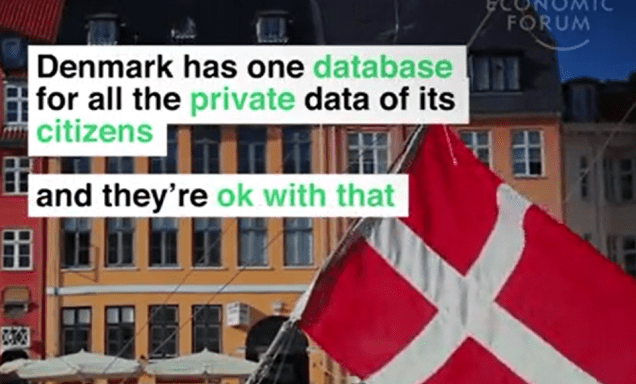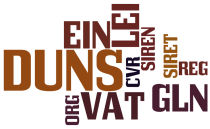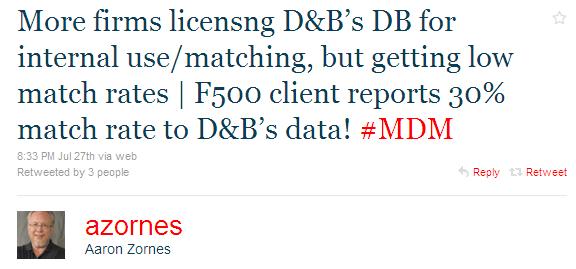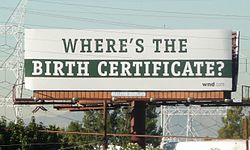Citizen Master Data Management in the public sector is the equivalence of Customer Master Data Management in the private sector.
Where are we?
As private organizations find different solutions to how to manage customer master data, governments around the world also have found their particular solution for managing citizen master data.
 Most descriptions on data management are originated in the United States and so are also many examples and issues related to citizen master data management. One example is this blog post from IBM Initiate called The End of the Social Security Number?
Most descriptions on data management are originated in the United States and so are also many examples and issues related to citizen master data management. One example is this blog post from IBM Initiate called The End of the Social Security Number?
As mentioned in the post there are different administrative practices around the world where governments may learn from experiences with alternative solutions in other countries.
During last year’s discussion in Canada about the census form I had the chance to write a guest blog post on a Canadian blog about How Denmark does it.
The way of the world does change. One example is the program in India called Aadhaar aiming at providing a unique national ID for the over one billion people living in India.
When to register?
The question about when a citizen has to be included in a citizen master data registry of course depends on the purpose of the registry. If the single purpose for example is driving license administration it will depend on when a citizen may obtain a driving license and that will exclude citizens under a certain age depending on the rules in place. The same applies to an electoral roll.
In my country we have an all-purpose citizen master data hub, which today means that a new born is registered and provided a unique Citizen ID within seconds.
Similar considerations apply to immigration and cross boarder employment.
 What to store?
What to store?
Citizen master data registries typically hold attributes as an identifier, name and address and status information.
As new technologies matures governments of course considers if such technologies may be feasible and may add benefits as part of the master data stored about citizens.
Using biometrics is a controversial topic here. The pros and cons were discussed, based on the cancelled program in the United Kingdom, in the post Citizen ID and Biometrics.
Who will share?
Privacy considerations are paramount in most discussions around citizen master data hubs.
Even if you have an all-purpose citizen registry there will be laws limiting how public sector may exploit data identified with the registry and the identifier in use.
On the other hand, in some countries even private sector organizations may benefit from such a master data hub.
An example from Sweden is shown here in the post No Privacy Customer Onboarding.

56.085053
12.439756











